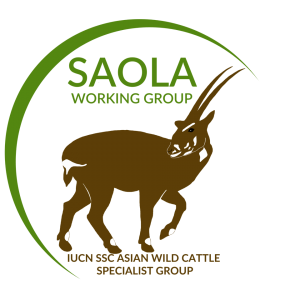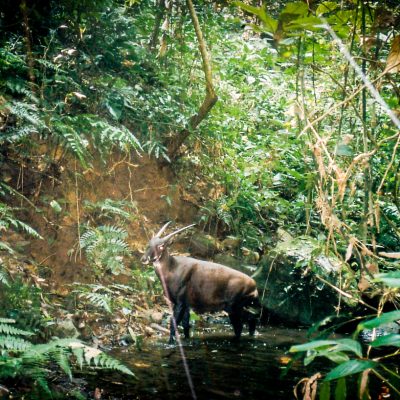
What?
The saola (Pseudoryx ngethinhensis) is one of the rarest large animals on earth. It is the sole species of a genus of bovids, and has been known to science only since 1992. Adults weigh 80-100 kg, and both females and males are characterized by long, gently curving horns, and a striking pattern of white markings on the head. Its genus name comes from its resemblance to the oryxes, – antelopes of Africa and the Arabian Peninsula – but the Saola’s closely living relatives are wild cattle and buffaloes.
Where?
The Saola is found only in the Annamite Mountains of Laos and Vietnam – one of the most beautiful, mysterious, endangered and significant ecosystems on earth.
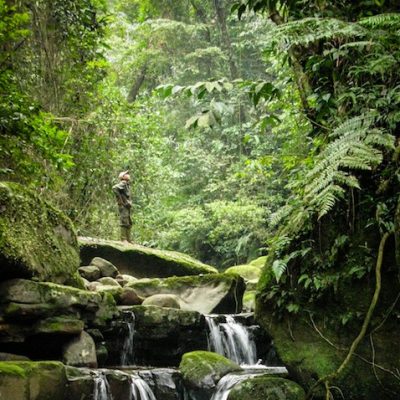
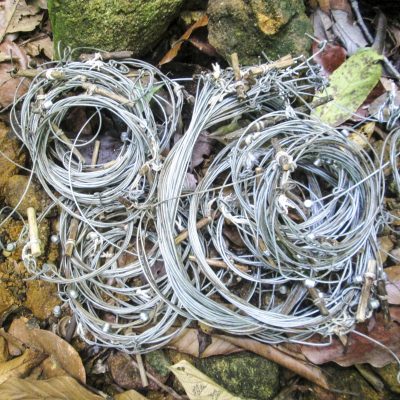
Why?
Multiple issues have converged to make the Saola one of the world’s most endangered mammals, but all of them are solvable.
The primary threat is by hunting, rather than habitat loss. The main hunting threat comes from commercial poaching, not subsistence hunting by local people.
Other threats include the effects of small population size and insufficient conservation attention and resources.
Who?
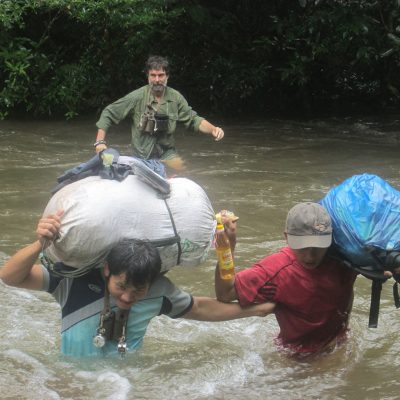
Working together, we can figure this out. Your support is vital.
